Next up on The Better Build Blog, what’s inside your walls? In our Alberta climate with drastic temperature differences throughout the year, insulation is the key to keeping you cool in summer and warm on these cold winter days. More importantly, the application and type of insulation used can help with the energy efficiency of your home.
We’d like to begin by explaining R-value. R-value is a measure of a material’s thermal resistance. The higher the R-value, the greater the material’s effectiveness to insulate. Simply put, you want higher rated R-value materials in your home. There’s also an important keyword to lookout for when it comes to insulating your home, “airtight.” You’ll be hearing this a lot in this blog because an airtight home is an efficient home.
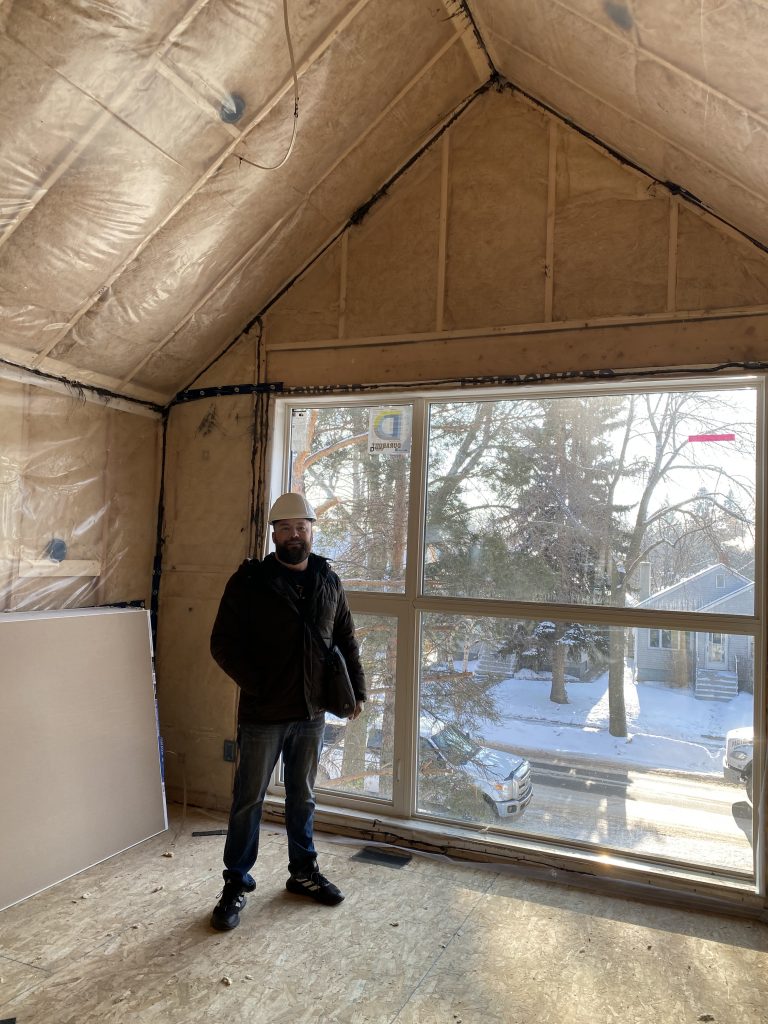
From the Outside In
Depending on the exterior application of your home, there are different insulating requirements. For instance, with acrylic stucco a 2-inch rigid foam insulation is applied to the exterior to provide an additional R-value to the system. This insulation stops thermal bridging where cold transfers through the studs of your home.
From the Bottom Up | Foundation & Basement
In standard basement walls an R12 insulation is used. With reduced exposure to the elements including wind, rain and extreme temperature your basement walls require less insulation. At Justin Gray Homes we use a thicker R20 insulation for your basement walls. This thicker R20 costs us approximately $500 per home to complete, but we do this because we want to ensure your home is highly energy efficient and provides maximum comfort both upstairs and down.
If you live in a climate like Alberta where we experience deep snow and extreme cold temperatures, your foundation is also where builders should consider adding 2-inch rigid foam insulation to the exterior walls prior to the foundation being back-filled. By doing so, this also maximizes R-value or insulation effectiveness.
What’s Inside Your Walls?
As we mentioned, thermal bridging can occur at studs and intersections in your walls. Many builders will cut pieces of batt insulation with plastic sheets taped in place around intersections and piping. This unfortunately doesn’t form an airtight seal and can pull apart over time. At Justin Gray Homes we use a R22 spray foam insulation wherever your floor intersects with the outer frame of your home. Using spray foam ensures the areas are sealed against the outside elements to prevent vapour from entering. The result? You guessed it! An airtight seal. The cost for us to spray foam is approximately $3000, however just as using a thicker insulation in the basement does, it will work to maximize the energy efficiency of your home, keeping you comfortable and saving you money on your gas bill.
We also use an R22 insulation over a standard R20 on the main and second floors. For an additional cost of $750 per home, this thicker insulation ensures superior energy efficiency for your home to stay warm in winter and cool in summer.
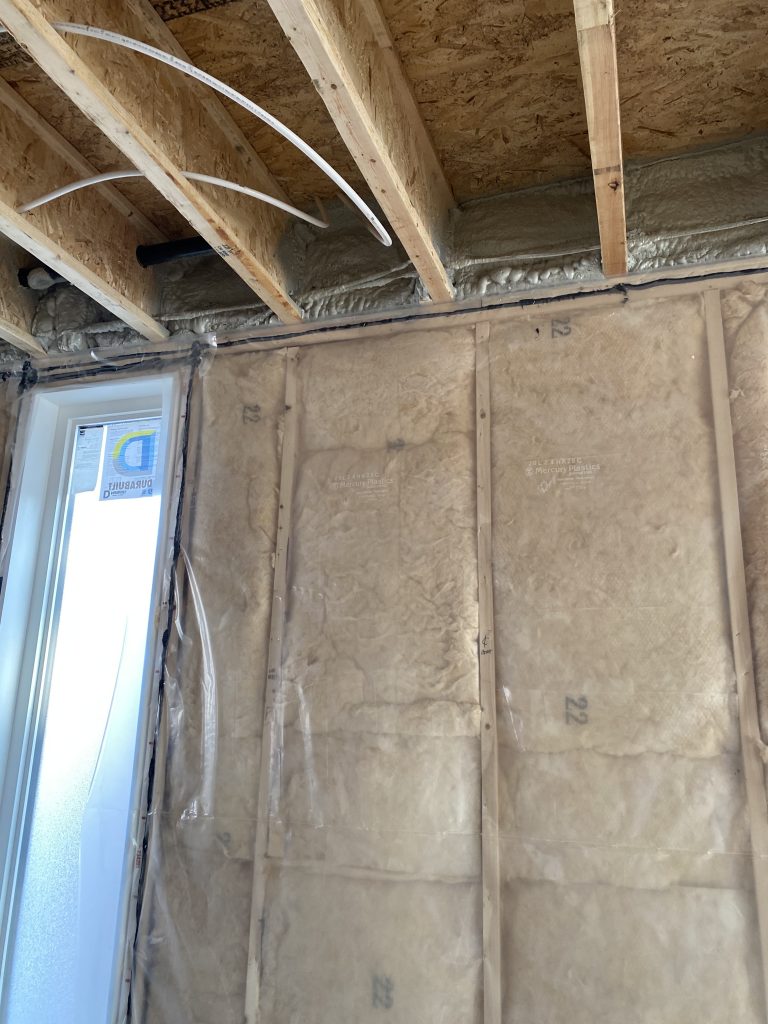
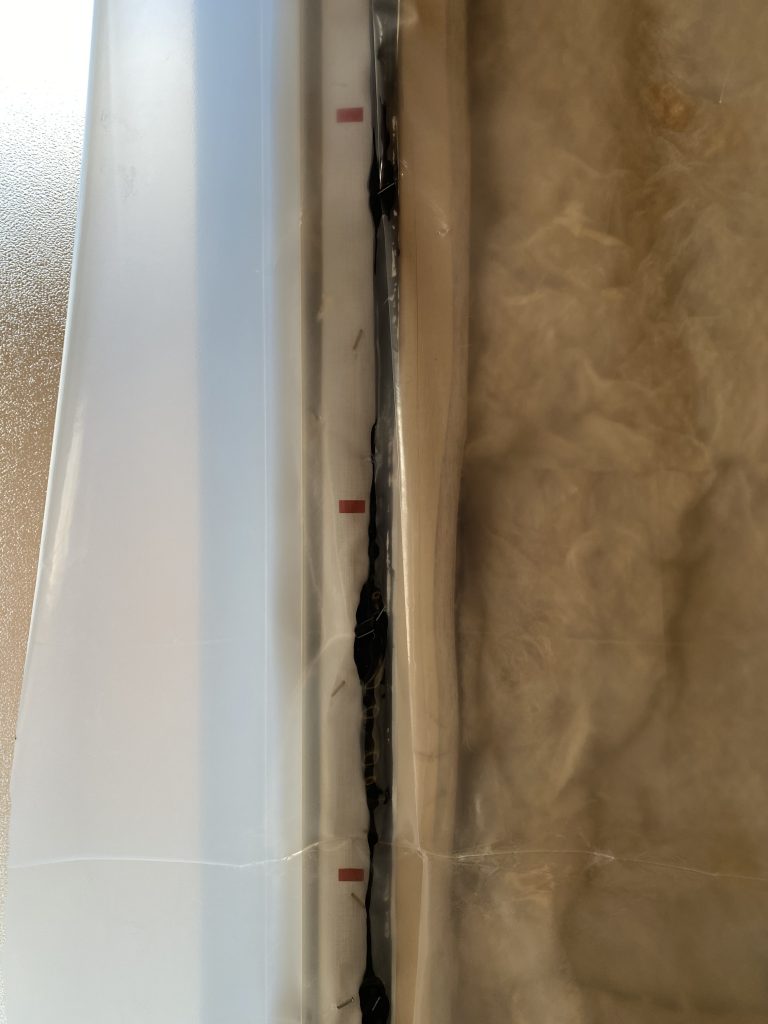
Hot/Cold Transfer Through Windows & Doors
If not insulated correctly, heat loss or cold intake can easily transfer through windows and doors. These are key areas where the importance of ensuring an airtight home is critical. At windows and doors you’ll find a white air barrier – also known as a continuous air vapour barrier – which runs from the outside and wraps inside the window framing and is sealed to the vapour barrier with acoustical seal. Creating an airtight building envelope. All together these elements make your home more energy efficient.
Your Attic
In an airtight home, the pressure is high. This pressure pushes upwards and if there are any holes, air will leak into the attic. Condensation and moisture then develops and in colder months will freeze to the underside of the sheeting. When the seasons change, the frost melts and this is where you’ll sometimes hear about homes having attic rain. Scary enough, this moisture can lead to mold! With that, it’s extremely important to minimize and even eliminate attic penetrations and equalize the pressure in our house. We make it our most to eliminate ALL attic penetrations, and only include electrical boxes for lighting that are airtight. We also install airtight attic accesses.
Use of bathroom fans can assist with moisture and pressure build up. Even better yet, at Justin Gray Homes we include Heat Recovery Ventilation (HRV) systems in every home to provide a continuous supply of fresh air in the home. These HRV systems work to prevent unwanted moisture and pressure build up. (Be sure to check back on an upcoming blog where we’ll soon discuss these mechanical systems!)
The attic is the most important place to ensure is airtight in your home. We recommend using R50 insulation in your attic over the standard R40. This thicker insulation costs around $750 per home and is blown into the attic space to further reduce heat loss in winter and protect against heat in summer.
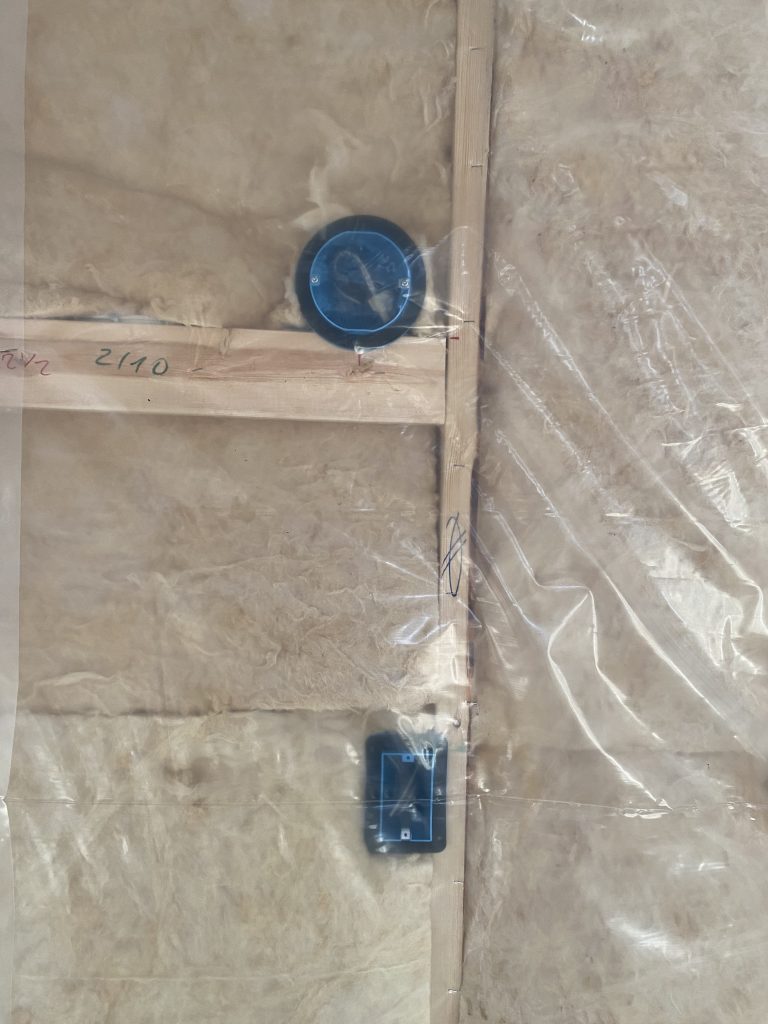
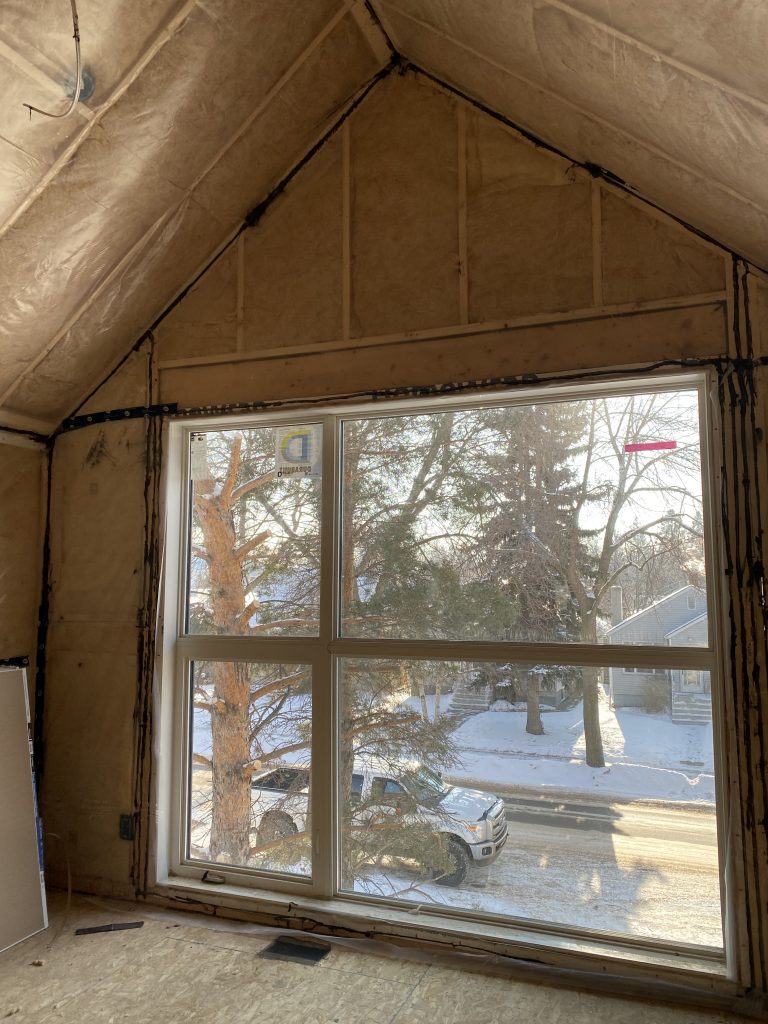
Insulating for Noise & Your Legal Suite
Insulation isn’t just for preventing loss of heat or cold intake, it can also work to prevent noise transfer to and from your basement or legal suite. We suggest a Roxul sound proof insulation in your basement ceilings. In addition to this, to stop vibration (also known as sound travel), in Justin Gray Homes we’ll build in a drop ceiling to create an air space between the bottom of the joists and top of the drop ceiling. We then add resilient channelling to the underside of the drop ceiling. This assembly will effectively help dampen sound waves and reduce noise transmission between floors.
So you heard it here, we want an airtight home, insulated with the highest R-Value thermal materials. We hope this blog on insulation has kept you warm during this chilly February polar vortex we’re experiencing in Alberta! If you have any questions, please feel free to contact us here. Until next time, on The Better Build Blog.